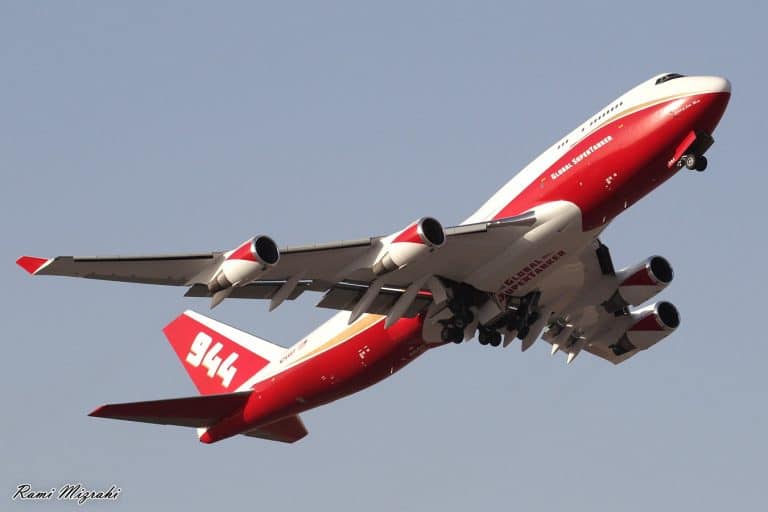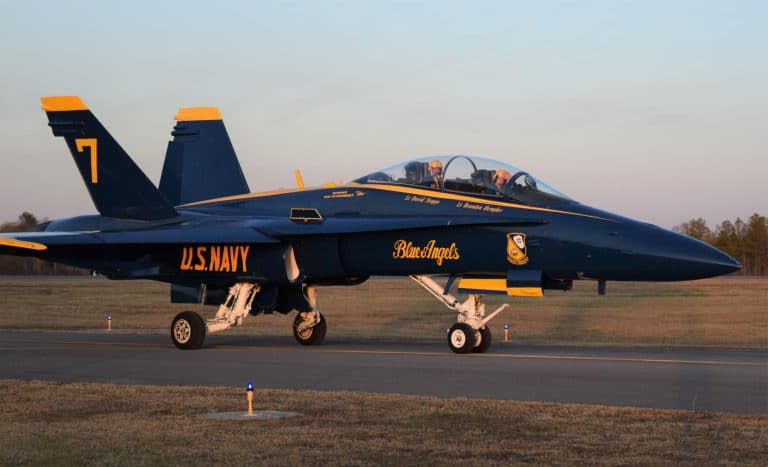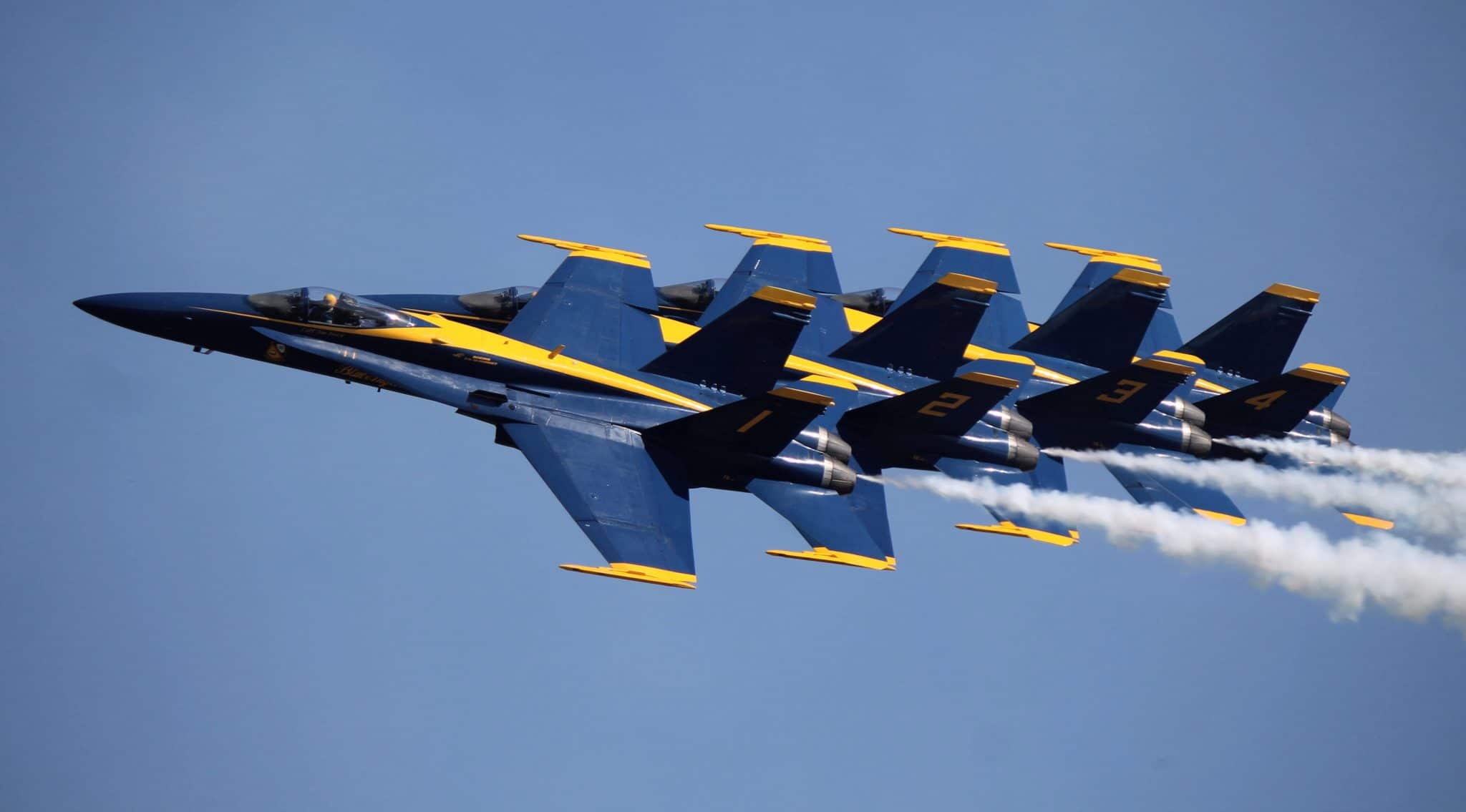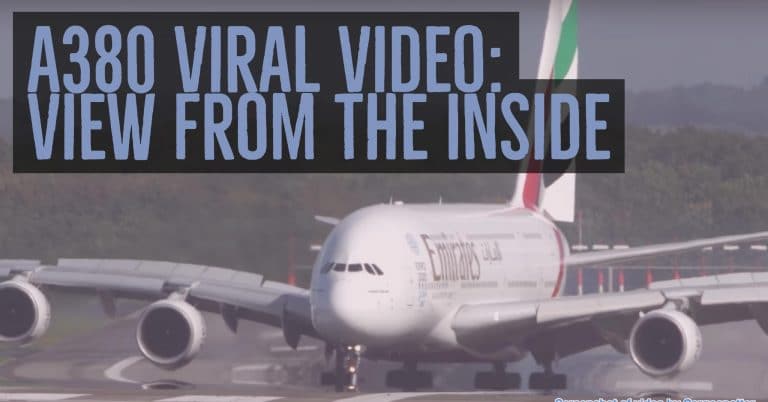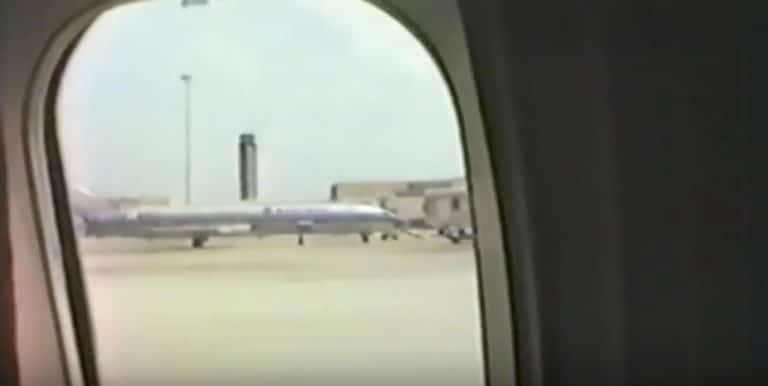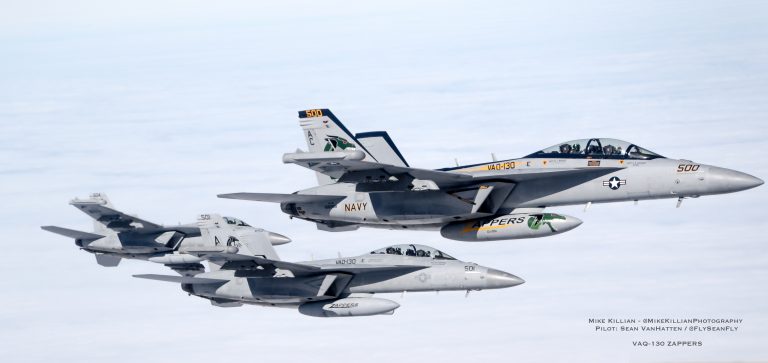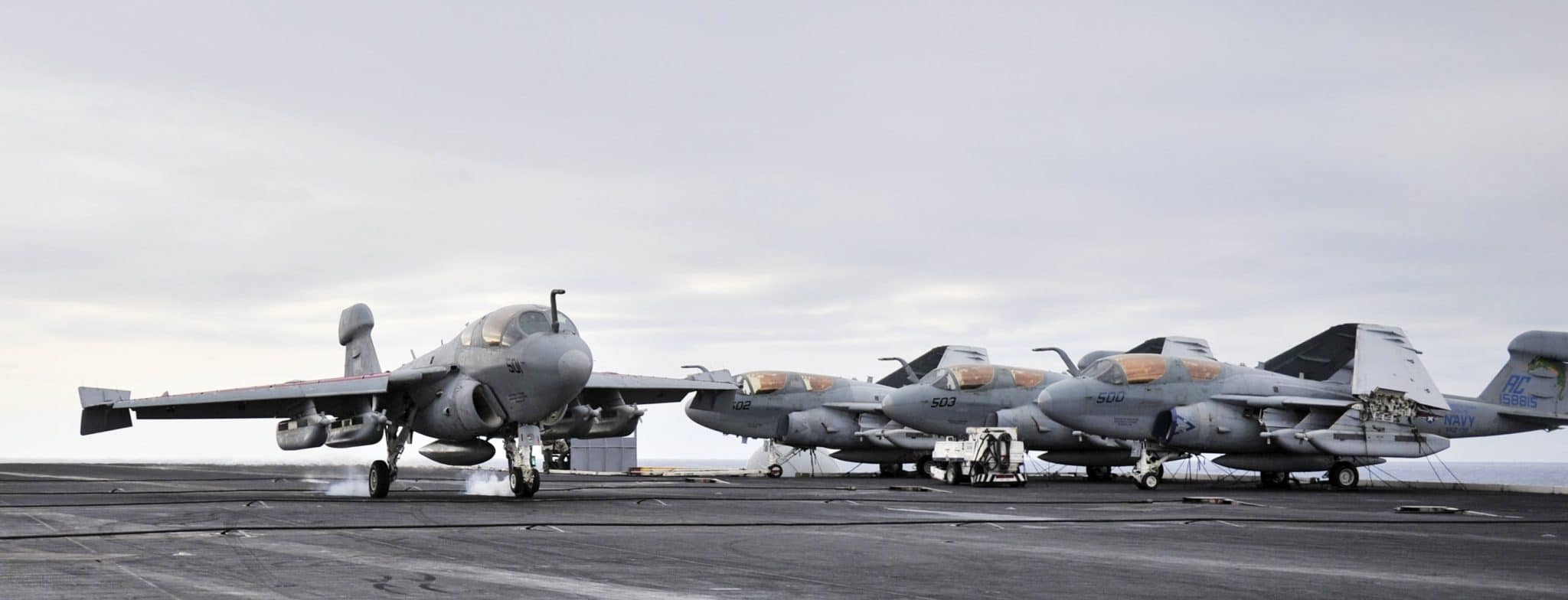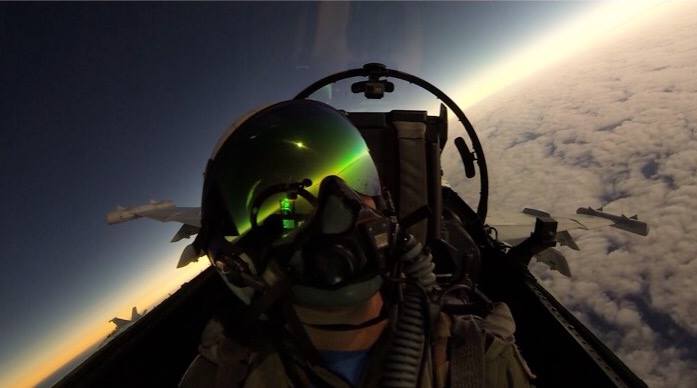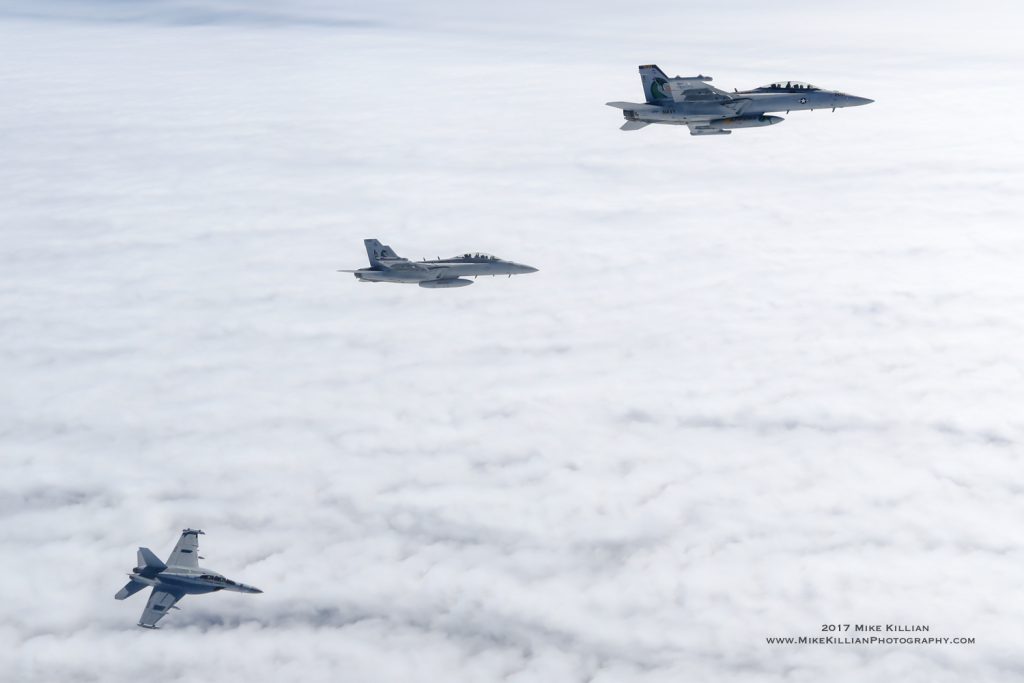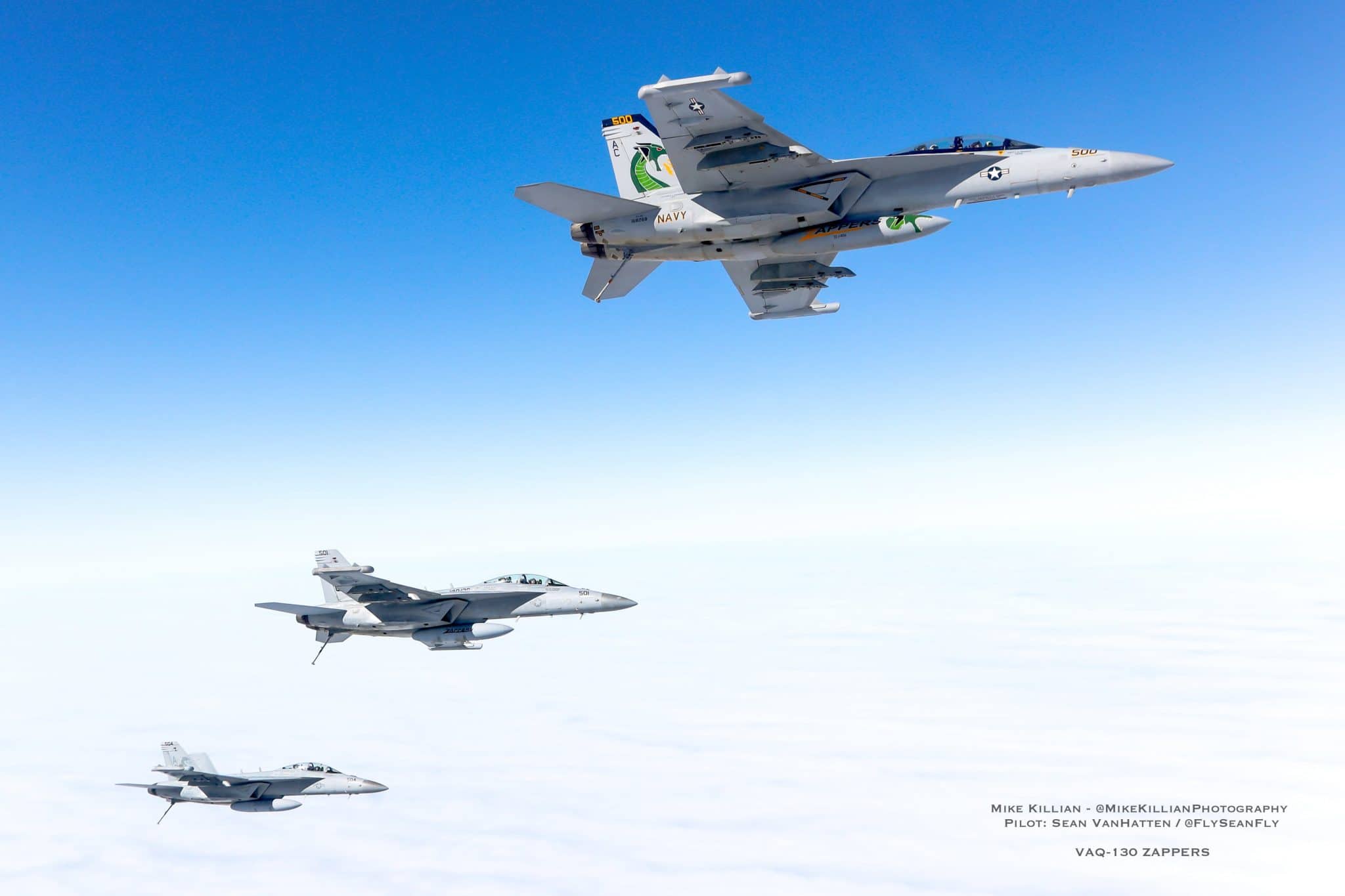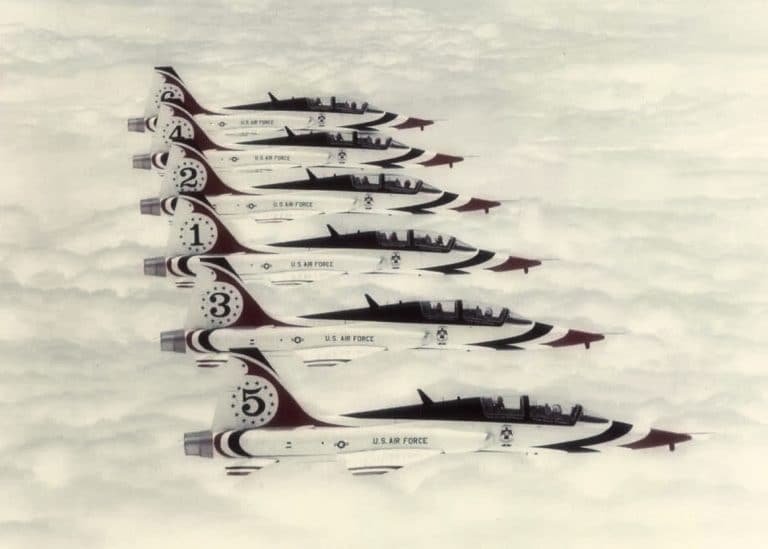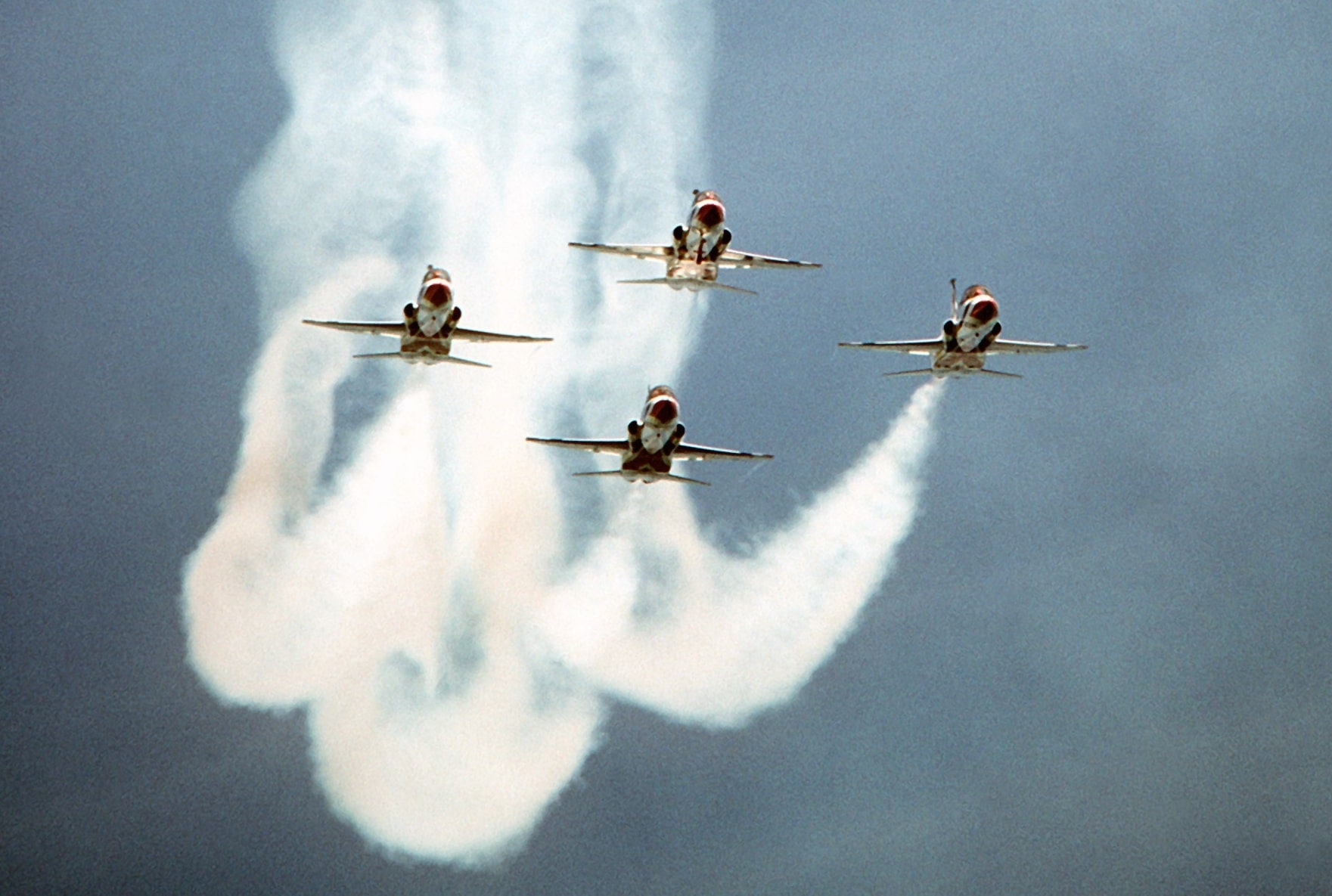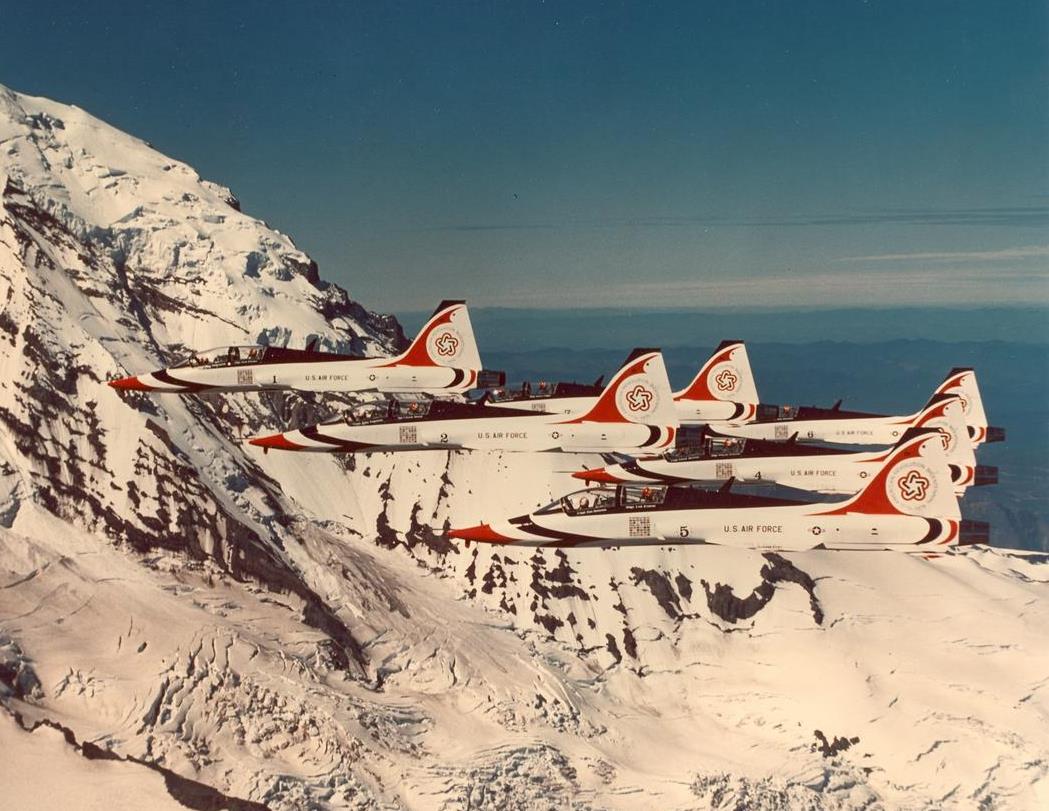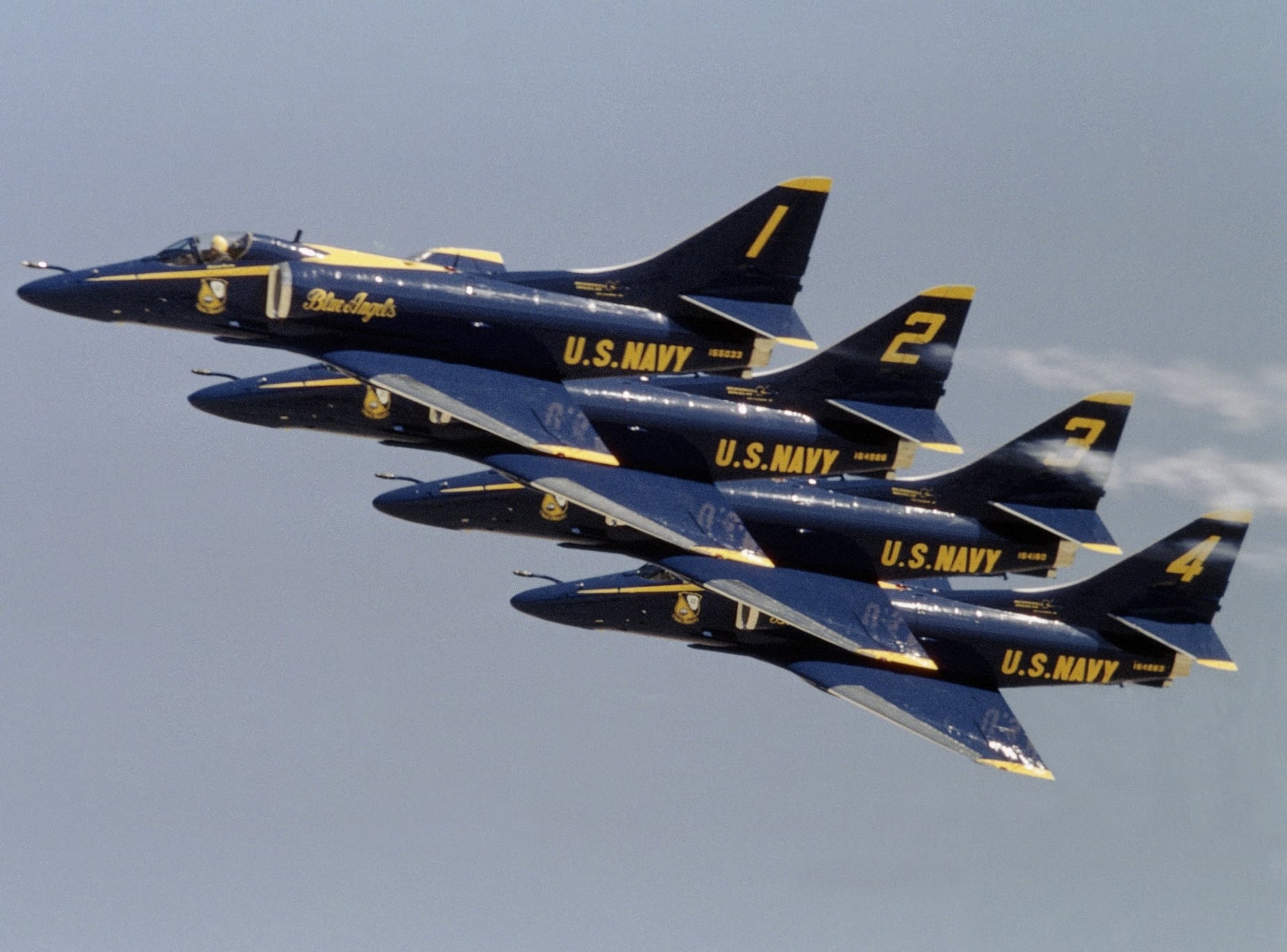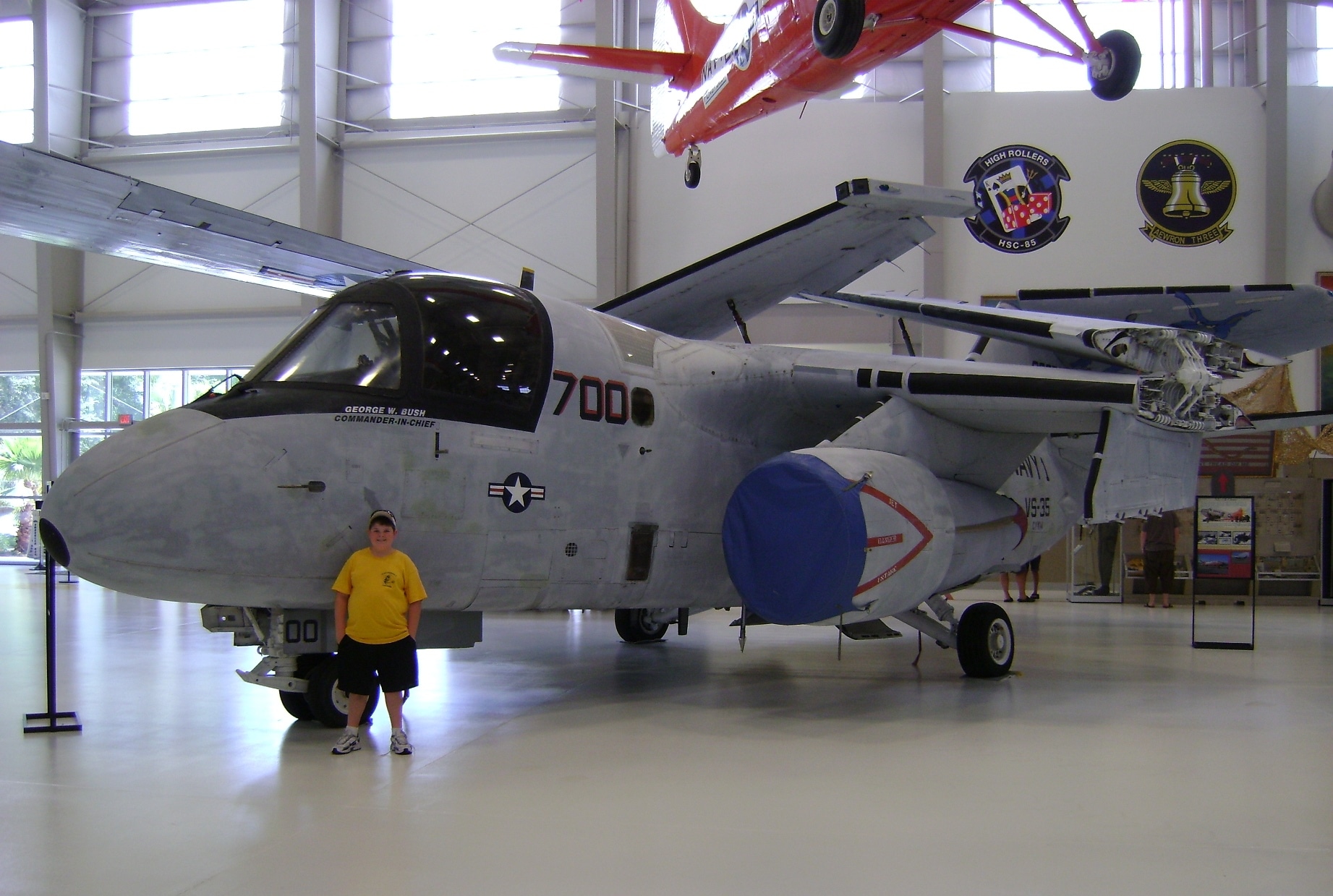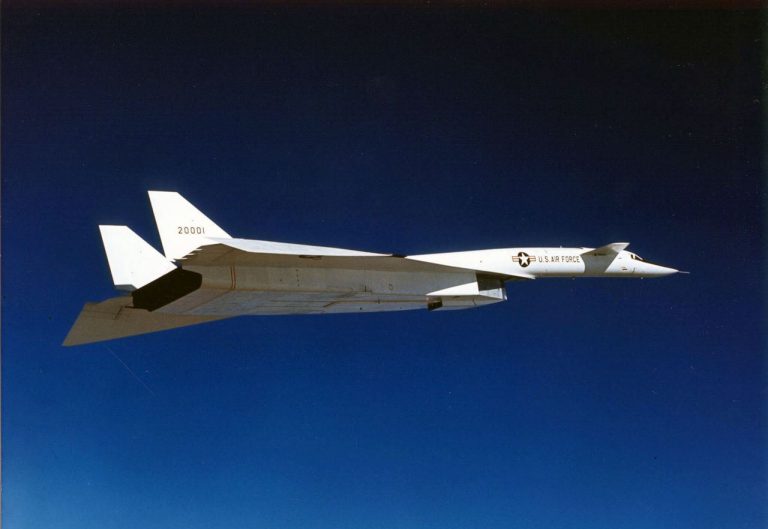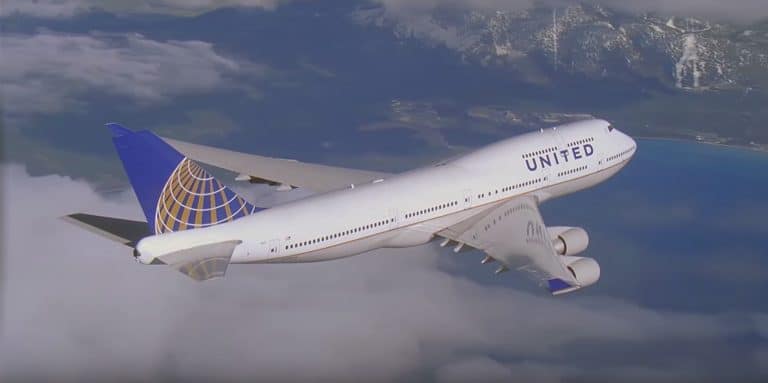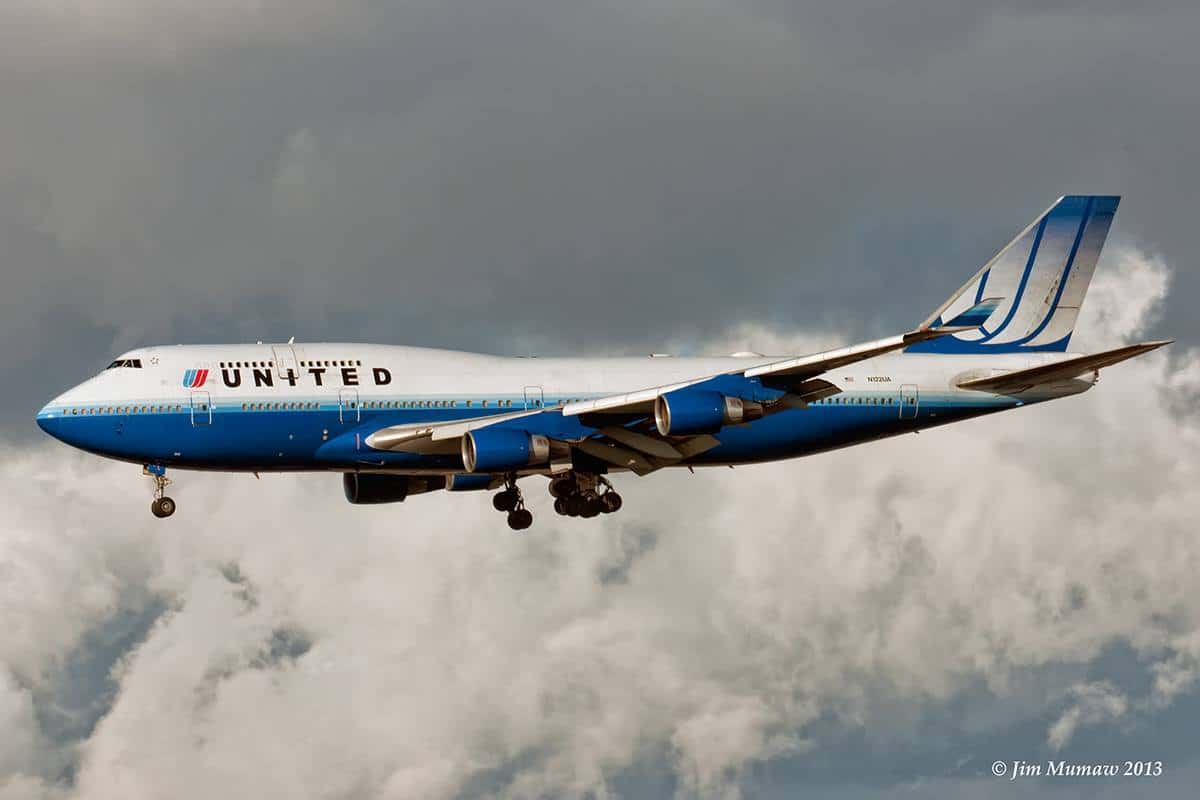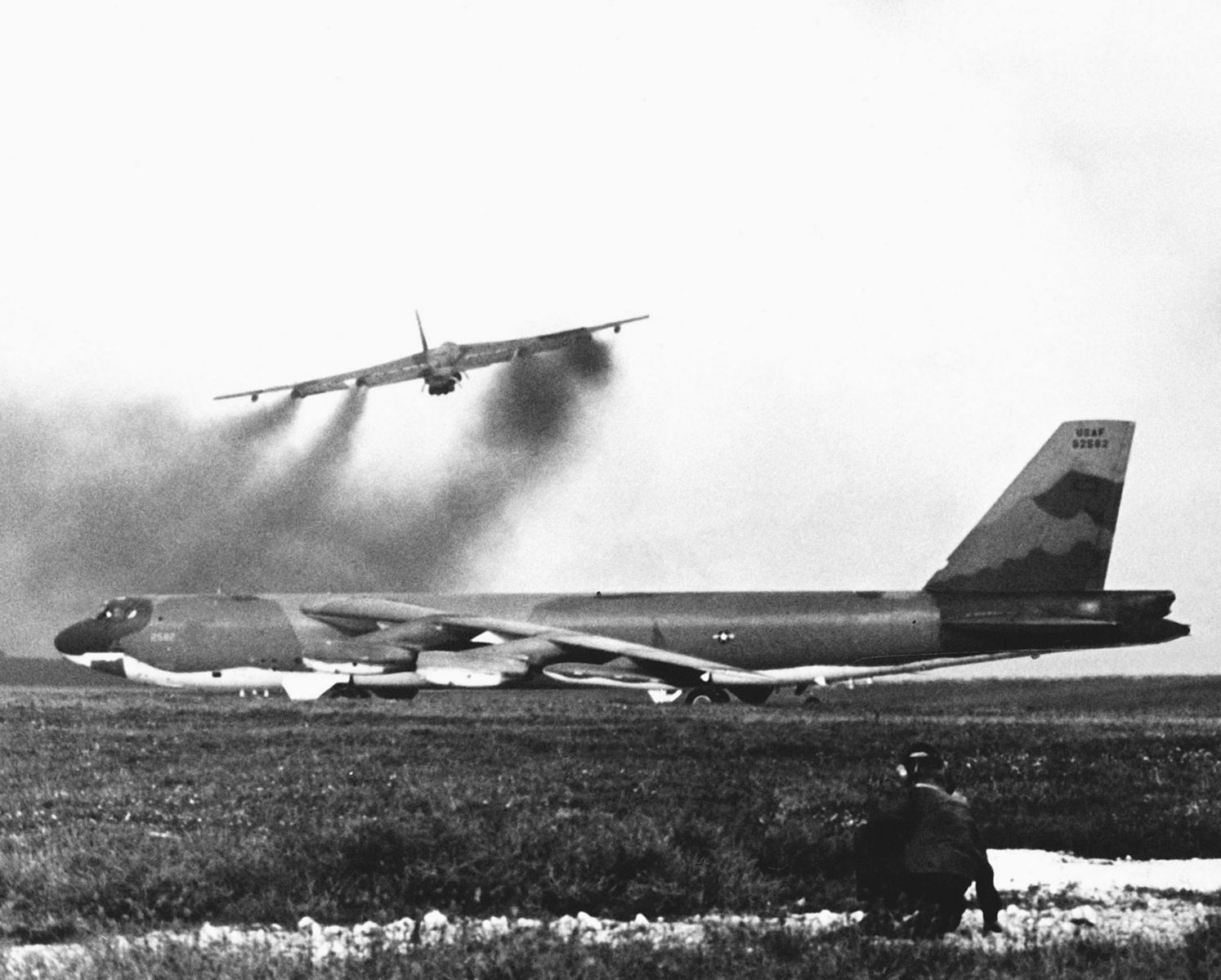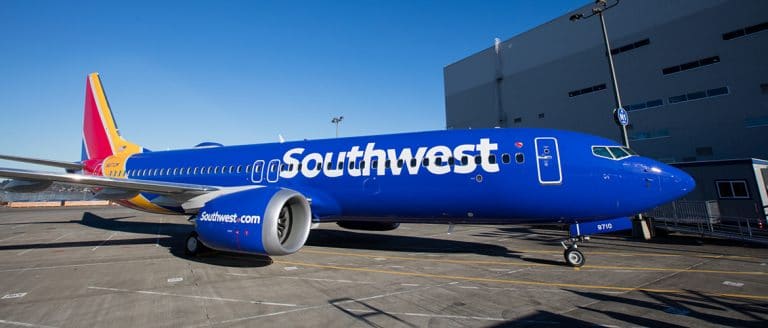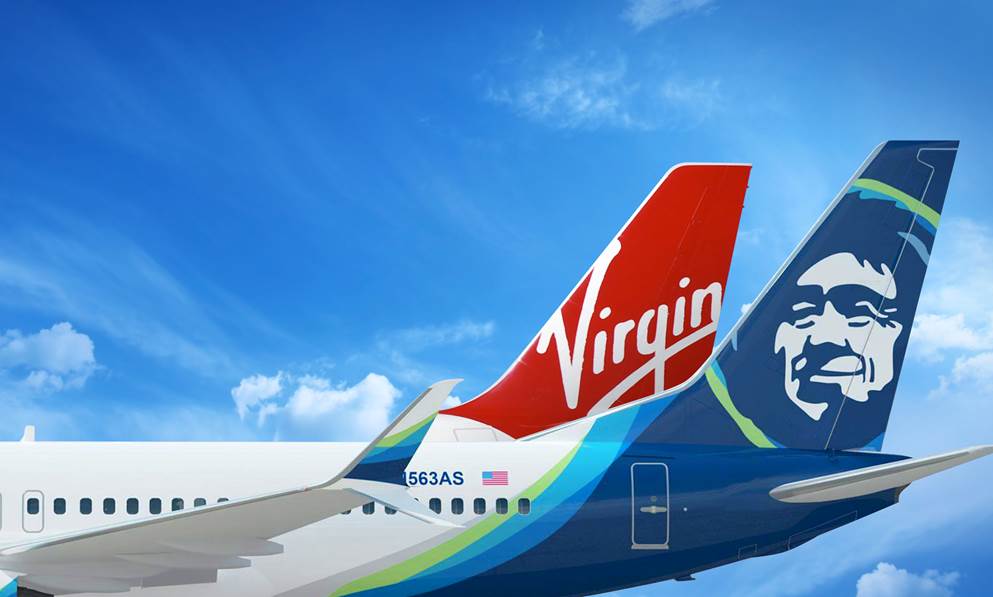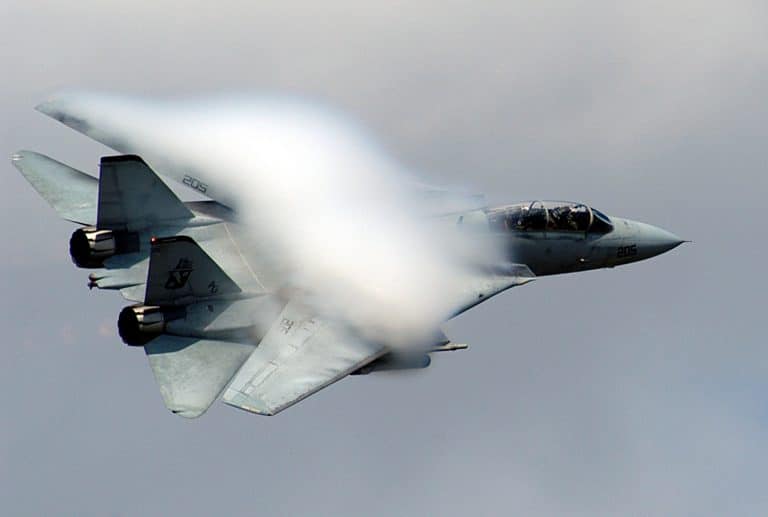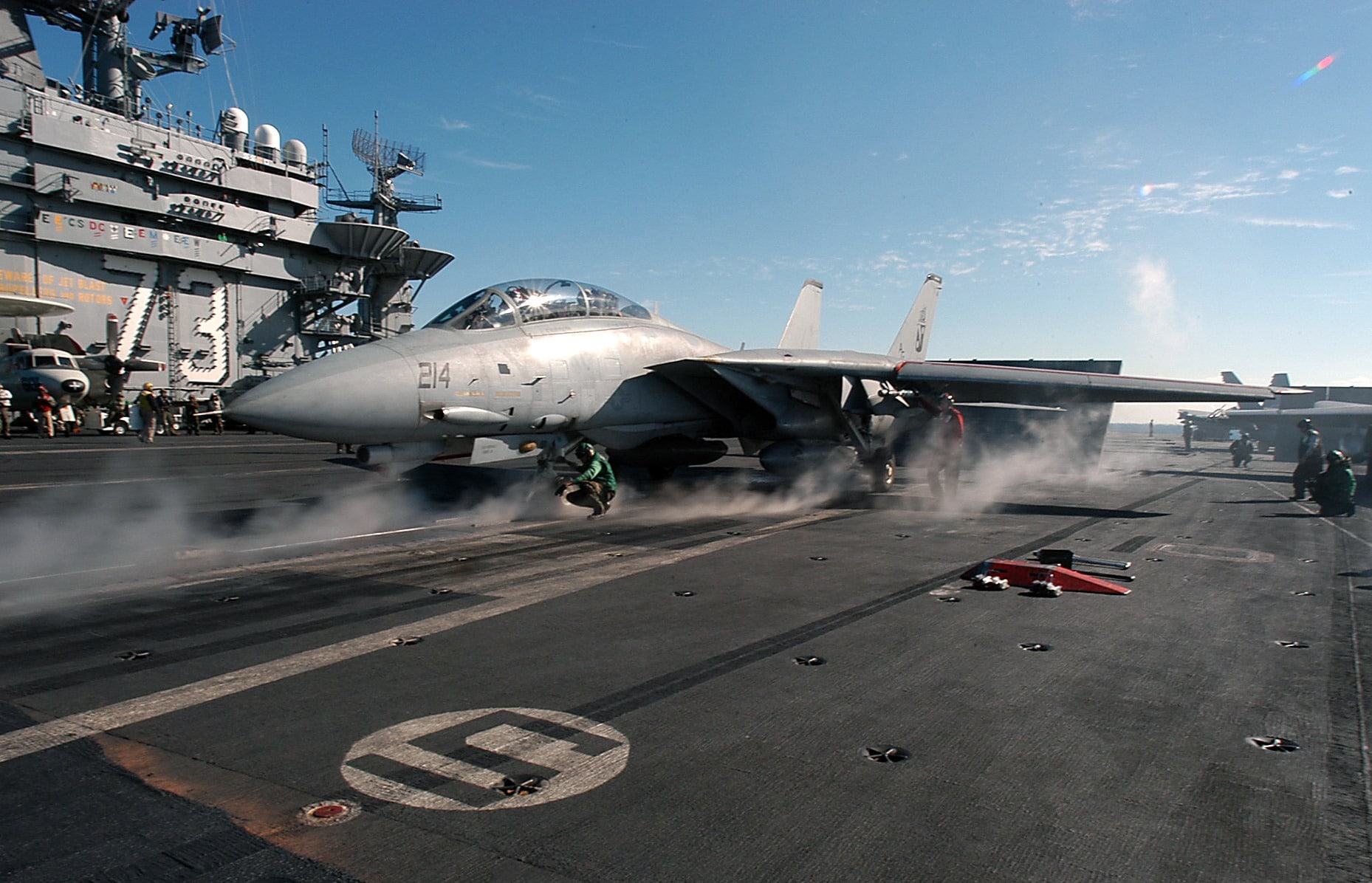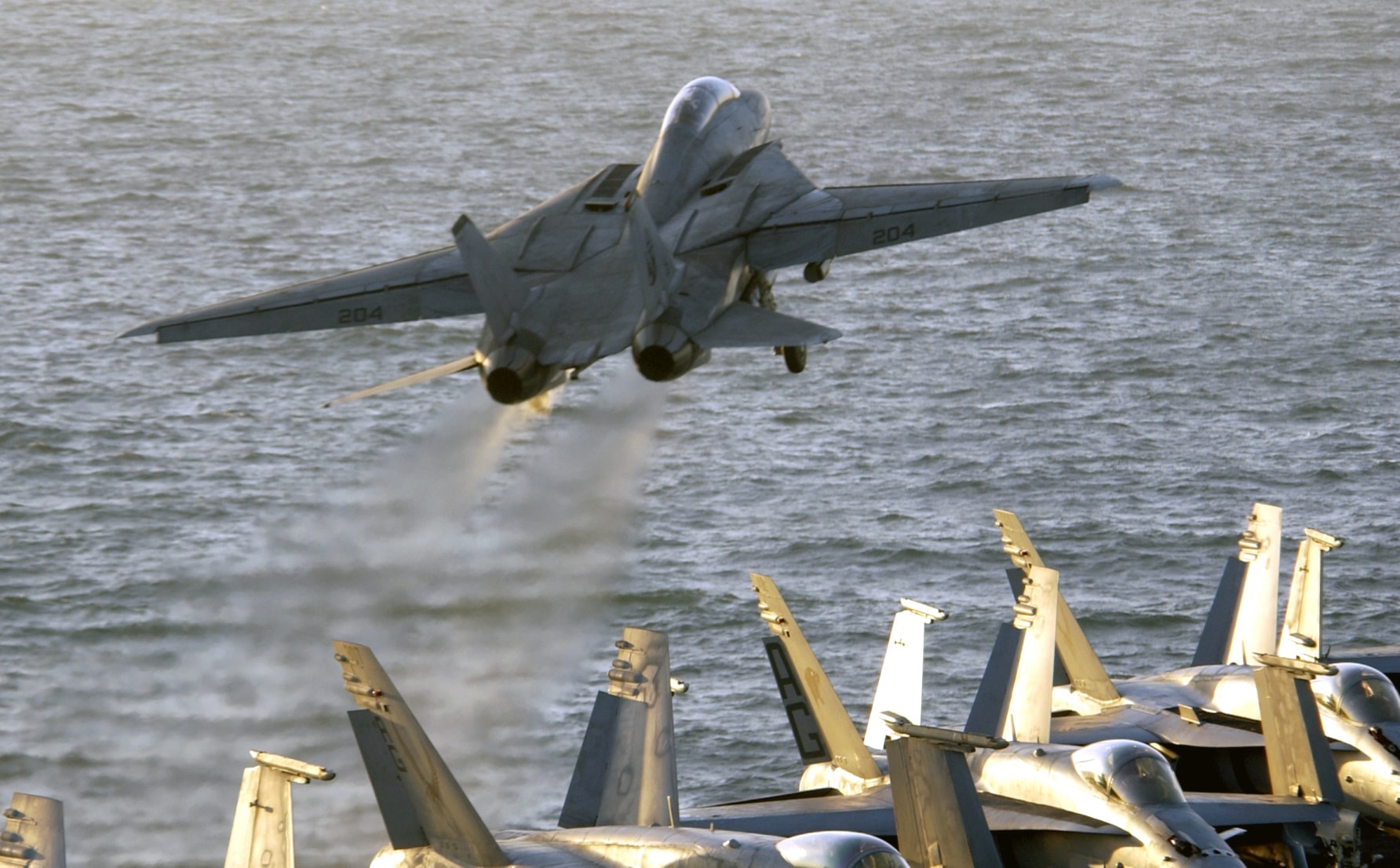Raging wildfires in Northern California are responsible for the largest loss of life since the Cloquet Fire in 1918. According to CNN, some progress is finally being made fighting these fires that have left at least 40 people dead and burned approximately 5,700 structures since they first broke out October 8. Aerial firefighters are an integral part of the effort.
The fires broke out during severely dry conditions in Napa, Lake, Mendocino, Sonoma, Butt and Solano counties, encompassing large land areas that include vineyards and wineries. Multiple fires engulfed parcels of land ranging in size from 1,000 to 20,000 acres. Many different kinds of aircraft are used in aerial firefighting including helitankers like the Erickson AirCrane or Bell 204, as well as fixed-wing aircraft such as Single Engine Air Tankers (SEATs) like the AT-802F.
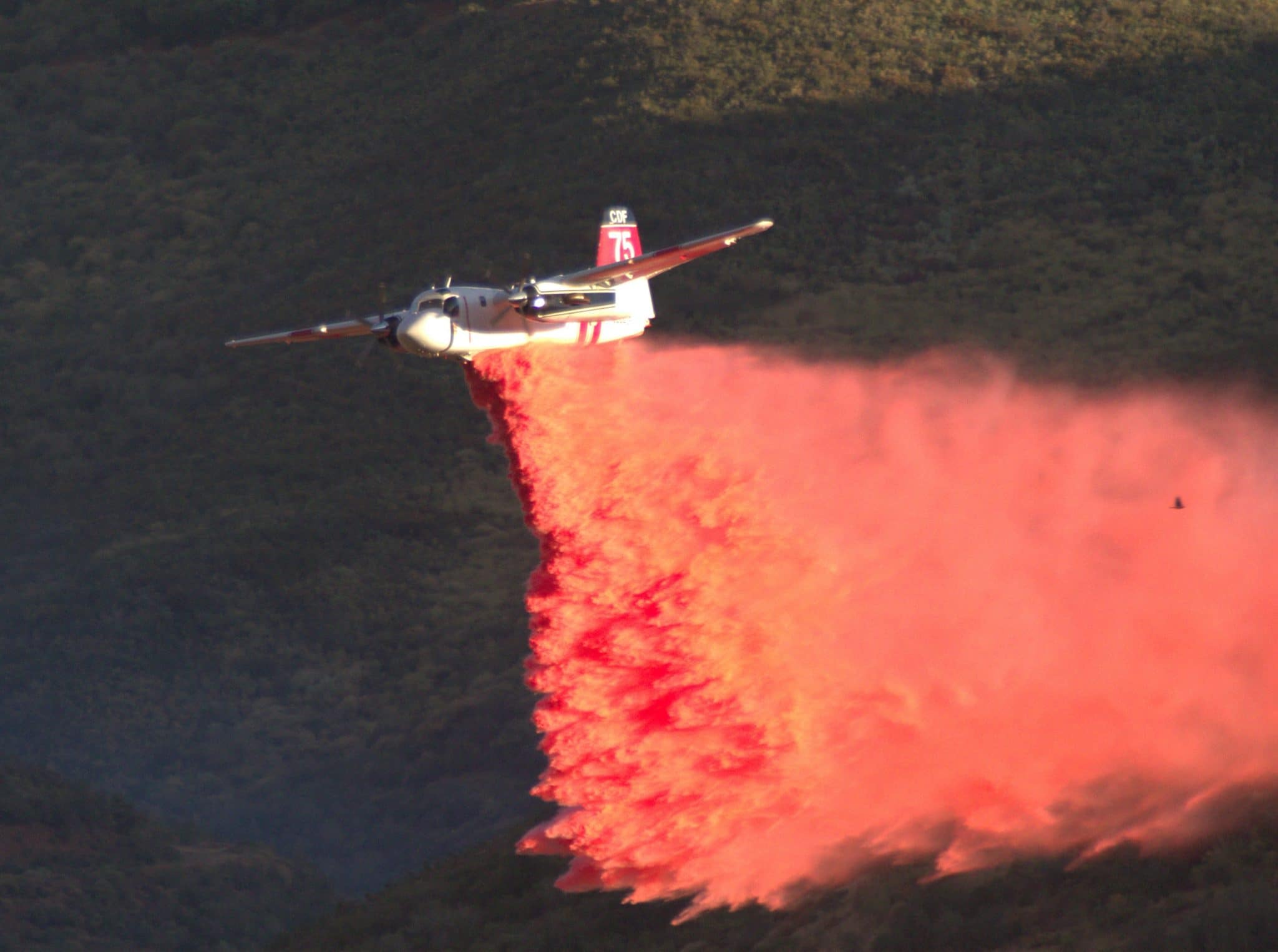
Bringing Out the Big Guns
Today a converted Boeing 747-400 Supertanker has been re-purposed to join the California firefighting effort. Engadget.com reports the behemouth jumbo passenger plane has amazing capacity and can dump up to 19,200 gallons of flame retardant or water from as low as 200 feet AGL in six seconds, then can climb away at 6,000 feet per minute when empty. The plane is the largest jumbo Boeing passenger plane and is somewhat of a dinosaur, this particular aircraft first being put into service by Japan Airlines back in 1991.
Piloting a low-flying jumbo jet above lashing flames requires aviators that are experts at the top of their field, who have the expertise to navigate the hilly terrain around the vineyards. The process is exacting and precise: it requires firstly, assessment by the lead pilot who flies into the belly of the beast in the heart of the fire and chooses the heading, altitude and escape route for the mighty 747 Supertanker. When ready to go, the smaller lead plane flies the route first, then moves out of the way so the 747 can make its run. Once complete, the tanker goes back to be refilled by ground operators. The operators have the ability to refill the tanker with foam or gel and water in less than half an hour, so the aircraft can fly the route again.
Using the 747 Supertanker in aerial firefighting is surprisingly economical, reportedly with the lowest cost-per-gallon-dropped of any fire tanker aircraft. Seeing this huge jumbo jet flying only 200 feet above ground at low speed is enough to make any experienced pilot bristle uncomfortably in his or her seat but the aircraft has better forward and peripheral visibility than almost any other jet and pilots say it is remarkably easy to maneuver.
The California National Guard says it is cautiously optimistic about getting the fires under control in the coming week. They have deployed an estimated 2,200 soldiers and airmen. The Nevada National Guard and Cal Guard have also deployed resources, including 25 aircraft for fire mapping, firefighting, transportation and damage assessment.
Video posted by CBS SF Bay Area.

